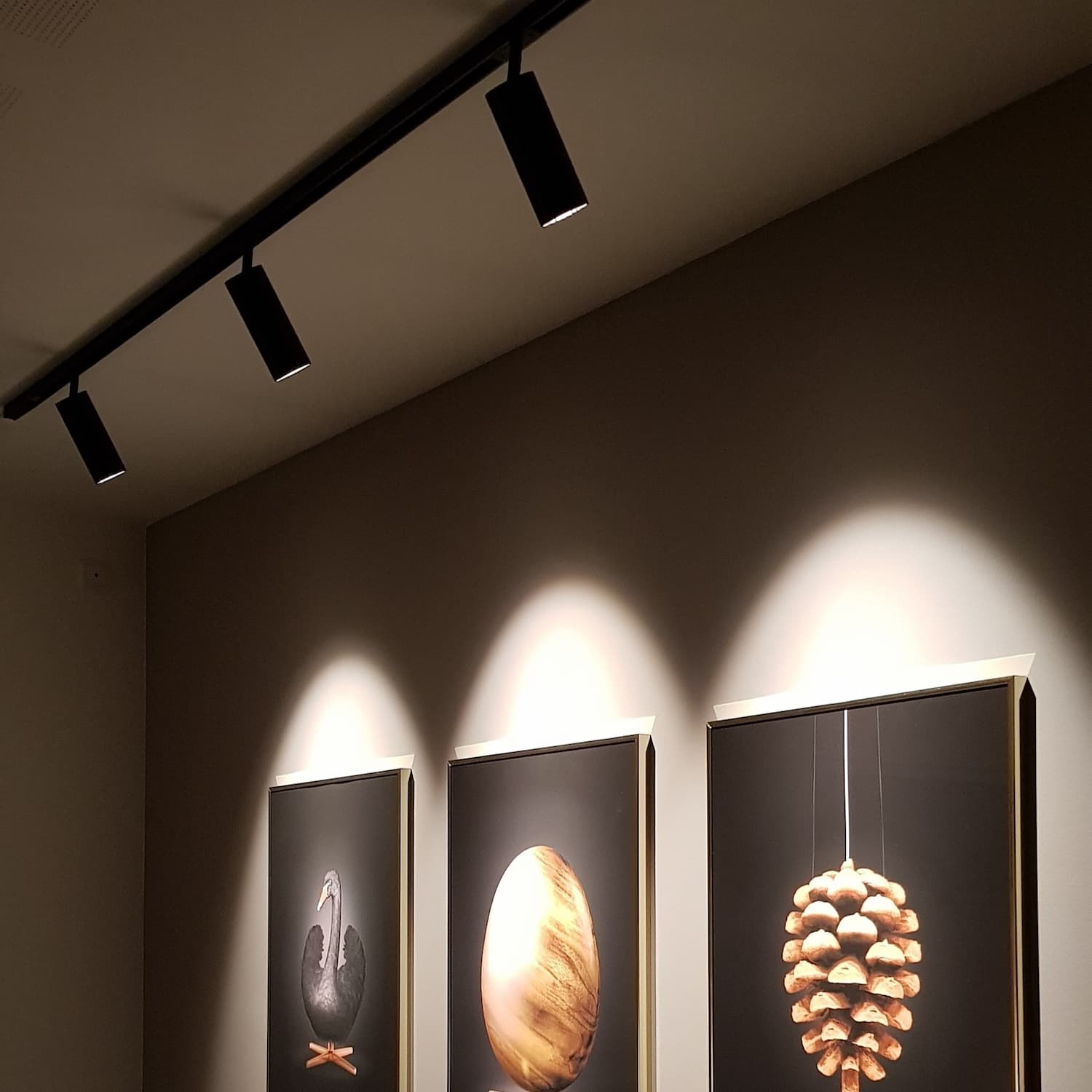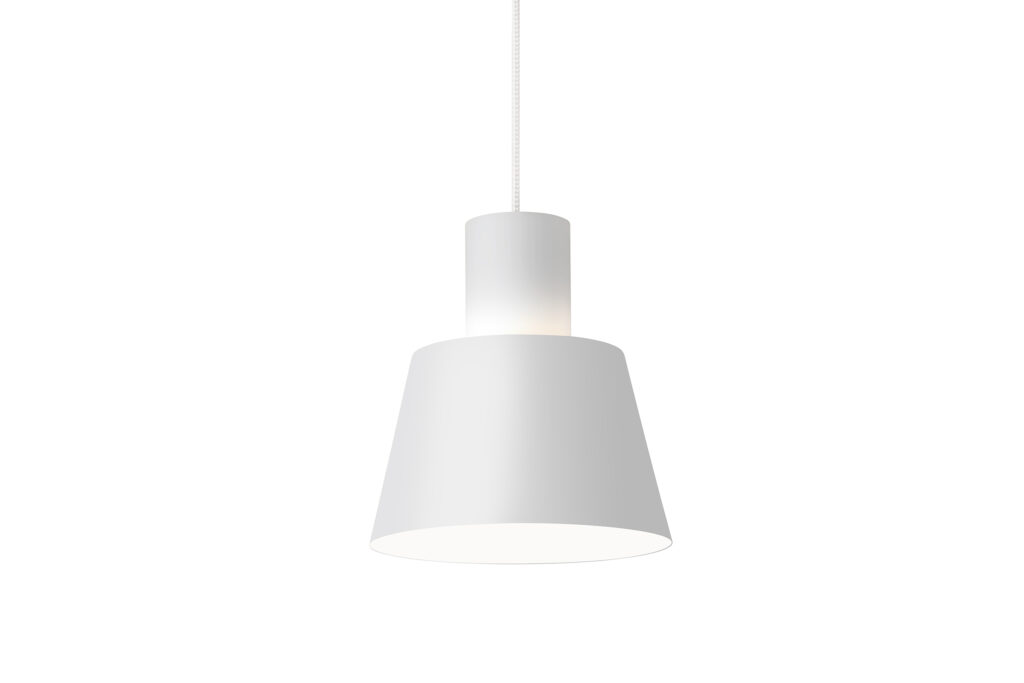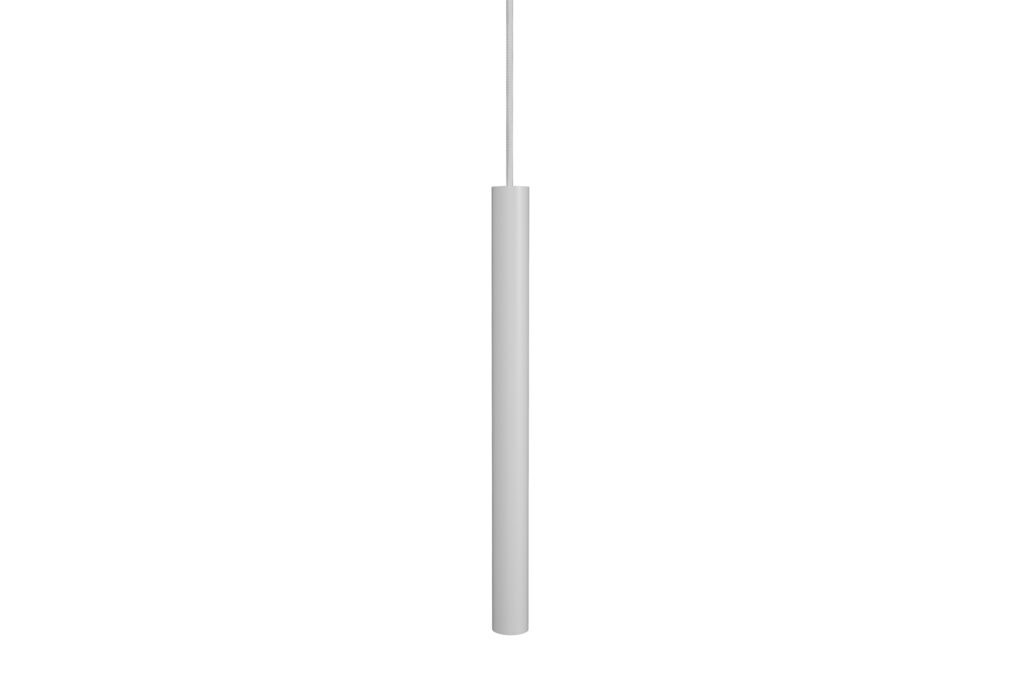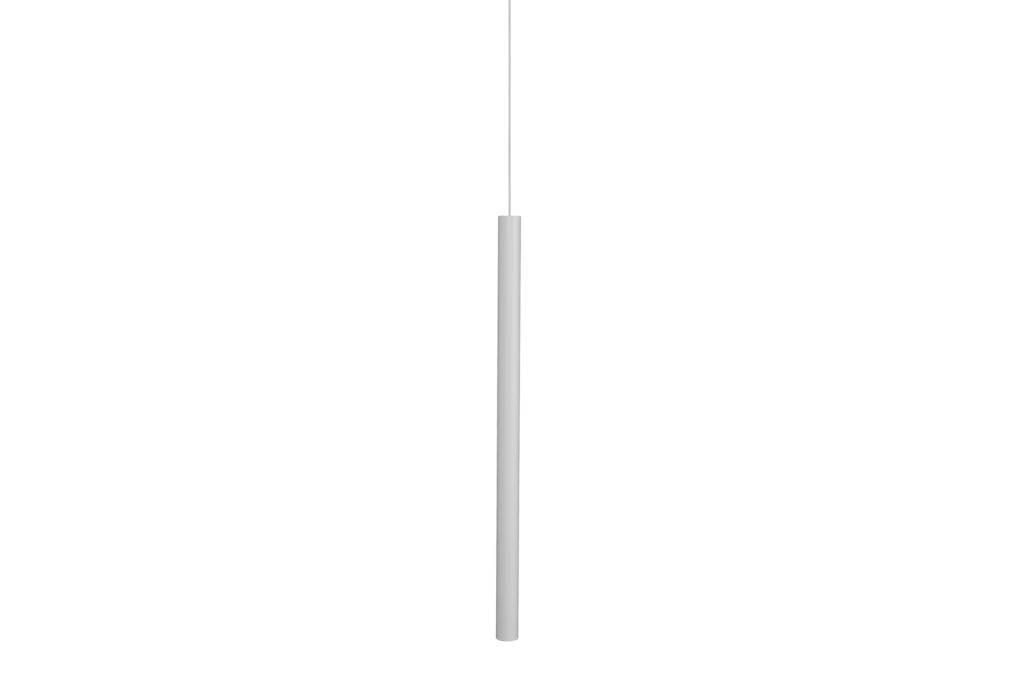The ultimate guide to energy-saving lighting
- Af Martin Mikkelsen
- Last updated 29. August 2024
We use it every day, but perhaps without thinking too much about it – our lighting. How we choose to illuminate our spaces can have a significant impact on energy consumption and thus the electricity bill.
With technological advancements, especially in LED technology, we now have the option to choose lighting solutions that are not only more energy-efficient than before and offer savings, but also provide more options for light control and longer lifespan.

Learn more about energy efficient lighting
If you haven’t already replaced the traditional light bulbs, you can also read more about how you can approach the process here. In addition, we offer a number of tips on how you can further optimize your energy savings with lighting solutions and behavioral changes.
A bit about the author:
Martin Mikkelsen
Share post:
Related posts:
What is LED lighting?
When we talk about illuminating our homes, offices, or public spaces, the LED bulb has now become a very common choice. But what exactly is LED lighting?
LED stands for ‘Light Emitting Diode’. Unlike the old-fashioned incandescent bulb, which uses a heated metal filament to create light, an LED bulb works in a different way. Think of an LED bulb as a kind of reverse solar cell. While solar cells convert light into electrical energy, LEDs transform electrical energy into light by passing the current through a semiconductor diode.
There are both loose LED bulbs and lamps with integrated LED.
Since 2012, the production and distribution of incandescent lamps have been banned in the EU (*1). And in 2018, new EU regulations were introduced in this area, which is why most halogen bulbs are now also being phased out (*2).
This means that if you are still using old incandescent bulbs or halogen bulbs, you will eventually need to switch to an alternative light source such as LED.
And there are actually several advantages to replacing incandescent bulbs with LEDs now.
What is the difference between incandescent bulbs, halogen bulbs, fluorescent tubes, and energy-saving bulbs?
To understand why LED lighting has become so popular, we'll start with a brief review of other types of light bulbs.
Incandescent bulbs
have been the standard for many years. They produce light by heating a metal wire until it glows. The problem with the bulbs is that most of the energy goes into heat rather than light, making them inefficient compared to modern alternatives.
Fluorescent tubes
The long, slim fluorescent tubes that provide a lot of light and are most commonly seen in offices. They are better than incandescent bulbs when it comes to energy efficiency, but contain mercury, which can be harmful to health if they break (*3).
Halogen bulbs
are an improved version of the traditional incandescent bulb. They contain a tungsten filament surrounded by halogen gas, which increases light output and extends the life of the bulb. But while they are more efficient than regular incandescent bulbs, they can’t match the low power consumption and long lifespan of LED bulbs (*3).
Energy-saving bulb
CFLs can be considered a mini version of traditional fluorescent tubes, utilising the same basic principles of lighting technology. The power consumption of energy-saving bulbs is lower than traditional light bulbs, which made them a favourite choice for many before the LED bulb became more widespread.
Benefits of LED bulbs and lamps with integrated LED

Lower energy consumption compared to traditional light sources
While the incandescent bulb converts around 90% of its energy into heat and only 10% into light, the LED bulb is designed to be far more efficient and use significantly less energy to produce the same amount of light.
For example, a 6-watt LED bulb can produce around 800 lumens of brightness, which is equivalent to the light output of a traditional 60-watt incandescent bulb (*3).
If you still have many incandescent or halogen bulbs in your home, switching to LED lighting can have a noticeable impact on your electricity bill and significantly reduce your energy consumption.
Longer lifespan and its economic benefits
One of the other impressive aspects of LED bulbs and lamps with integrated LEDs is their long lifespan. While a standard incandescent bulb and halogen bulb typically lasts around 1,000 hours, an LED bulb can last between 10,000 to 25,000 hours or more (*3).
At ANTIDARK, most of our lights with integrated LEDs have a lifespan of 50,000 hours.
In addition to saving money on your electricity bill due to lower energy consumption, you can also reduce both the cost and hassle of ongoing replacement.
If you buy a lamp with integrated LED, most of our lamps are also designed so that the driver can be replaced after its lifespan. Therefore, you do not need to replace the entire lamp.


Great options for light control and colour temperature selection
LED lighting offers not only energy efficiency and long lifespan but also many options when it comes to light control and color temperatures.
Unlike traditional bulbs, you can choose LED bulbs in a wide range of color temperatures, from warm light to cool daylight, allowing you to create the perfect atmosphere for any room. Additionally, there are good options for light control in terms of dimming and Dim to Warm (adjustment of color temperature).
More comfortable indoor climate
As mentioned earlier, traditional incandescent bulbs convert a large amount of their energy into heat instead of light. In a room with many lamps, you can therefore better maintain a comfortable room temperature with LED bulbs.
The many options in terms of color temperatures and brightness levels with LED also create an eye-friendly lighting environment, which is particularly beneficial in spaces where you spend many hours and need to stay focused, such as in office environments.

How to implement energy-saving lighting in your home
Switching to energy-saving lighting is quite simple. We’ve gathered a few useful tips here.
Step-by-step guide to replacing old bulbs with LED
1. Identify your current light sources
Start by identifying the current light bulbs in your home. Check which types of bulbs you’re using in your lights – incandescent, halogen or fluorescent – and note their size, shape and socket type. It’s also important to assess your luminaires, as some older models may not be compatible with LED bulbs and may require special LED modules or replacement of the entire luminaire.
2. Purchasing new bulbs and luminaires
Once you have a clear understanding of your current light sources and luminaires, it’s time to purchase the new light sources. Make sure you choose an LED bulb that fits the lamp socket and pay attention to the shape and size of the light source to ensure it fits the lamp. You can find these specifications on the packaging.
Consider lumens and kelvin
It’s also important to consider both brightness (measured in lumens) and colour temperature (measured in kelvin), as these factors have a significant impact on functionality and the ambience created. In the past, it was common to assess a bulb’s brightness based on its wattage, but with LED technology, this method has become outdated.
LEDs use fewer watts to produce the same brightness as traditional light bulbs, which conversely use many watts. This makes watts a less relevant indicator of brightness. Instead, you should look at lumens, which is a more accurate measure of how much light a bulb actually emits.
For example, if you have a 60-watt halogen or incandescent bulb, look for an LED bulb with a lumen output of around 750-800. This applies to bulbs with E14 and E27 sockets.
There are bulbs and lamps with integrated LEDs that can be adjusted in brightness (lumens) and colour temperature (kelvin), so the light can be dimmed and adjusted as needed.
If you’re looking for individual bulbs, there is a wide selection of smart bulbs available that can be controlled via an app.

3. Replacing the old bulbs
Once you’ve acquired your new light sources, it’s time to say goodbye to the old ones. Carefully unscrew the old bulbs and replace them with the new ones.
While you’re at it, consider installing dimmers on your light switches or integrating another form of smart lighting. This allows you to easily adjust the brightness (lumens) in your rooms if the bulb/lamp you purchased is dimmable but can’t be directly adjusted on the lamp. This is a great advantage if you want to tailor the lighting to suit the mood, and it can also help save energy.
If you’ve purchased smart bulbs that can be controlled via an app, there’s no need to install dimmers on switches or a control system.
If you want even more control beyond just dimming, you can also get light sources/lamps where you can adjust between cool and warm light.
A holistic approach to energy-saving lighting
When talking about energy-saving lighting, it’s important to remember that it’s not just about choosing the right bulbs. A significant part of saving energy also lies in how we use our lighting. This is where smart lighting solutions and behavioural changes can play a crucial role.
Dim the lights, save energy
An effective way to save electricity is by utilising a dimming function. Dimmable lighting allows you to adjust the brightness as needed, which not only creates the right atmosphere and provides just the right lighting, but will also save energy and money.
Imagine a cosy dinner party where the light is dimmed to be soft and comfortable, adding to the ambience. Or a home office where you can increase the brightness of the room to improve focus and productivity. By using dimming and adjusting the lighting according to the situation, you only use the amount of energy needed, which can lead to significant savings over time.
Sensors
Additionally, installing motion sensors in rarely used areas, such as basements or attics, can ensure that the light only turns on when necessary. This eliminates waste from lighting that is left on by mistake.
Conscious habits
Finally, our daily habits play a big role in saving energy. Something as simple as remembering to switch off the lights when leaving a room can have a big impact over time. By combining energy-efficient bulbs with smart lighting strategies and conscious habits, we can all contribute to a better use of energy in our homes.
Energy-saving lighting in business
In the business sector and public spaces, a shift to energy-saving lighting also has many benefits and is at least as important as in private homes.
Benefits for businesses and public spaces
Businesses and public institutions can face challenges in balancing operational costs while maintaining a productive and comfortable environment. LED lighting offers a solution that addresses both of these needs – at least when it comes to lighting.
Are you one of the companies that has not yet switched to LED? If so, you might find it beneficial to read on:
Firstly, the low energy consumption of LED bulbs significantly reduces the cost of electricity compared to traditional light sources. And this can be a big saving in companies where there are many light sources that are often switched on for many hours a day. Secondly, LED allows you to customise the light much more than before. This can contribute to an improved working environment, which can potentially increase employee satisfaction and productivity.
Do you want help replacing your current lighting installation in your organisation and are ready to save money on your electricity bill? Feel free to contact our lighting consultants who are ready to help.

Frequently asked questions about LED lighting
Yes, LED bulbs are very energy efficient and use significantly less power than traditional incandescent and halogen bulbs.
An LED bulb that produces the same amount of light as a 60-watt incandescent bulb typically only uses around 6-10 watts.
In the vast majority of cases, yes, but it’s important to check the socket type and size to be on the safe side. Some older or specialised lights may require specific types of LED bulbs.
Yes, even though an LED bulb is energy efficient, it will always save energy to switch off the light when it is not needed.
Yes, there are LED bulbs designed for outdoor use and also outdoor lights with integrated LEDs. It is important to choose a bulb or lamp with integrated LED that is specifically designed for outdoor conditions and has appropriate weather resistance.
- Energistyrelsen, 2009, ”Farvel til glødepæren – velkommen til energieffektivt lys” https://ens.dk/presse/farvel-til-gloedepaeren-velkommen-til-energieffektivt-lys (Accessed 22/2-2024)
- Energistyrelsen, 2018, ” Et skridt tættere på energieffektiv belysning i Europa” https://ens.dk/presse/et-skridt-taettere-paa-energieffektiv-belysning-i-europa (Accessed 13/12-2024)
- SparEnergi Energistyrelsen, ”Guide: Vælg den rigtige pære” https://sparenergi.dk/privat/guide-vaelg-den-rigtige-paere (Accessed 13/12-2023)





